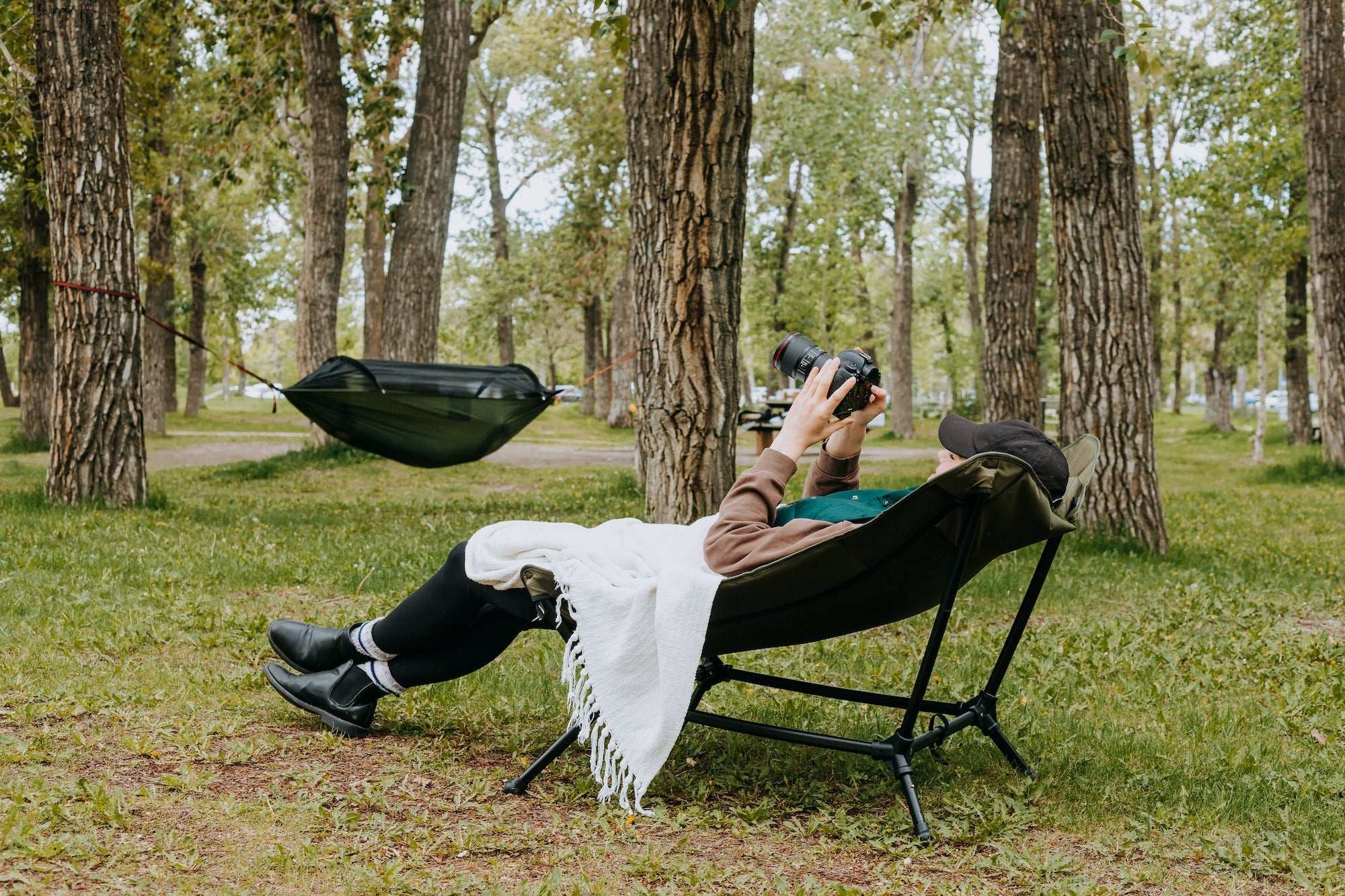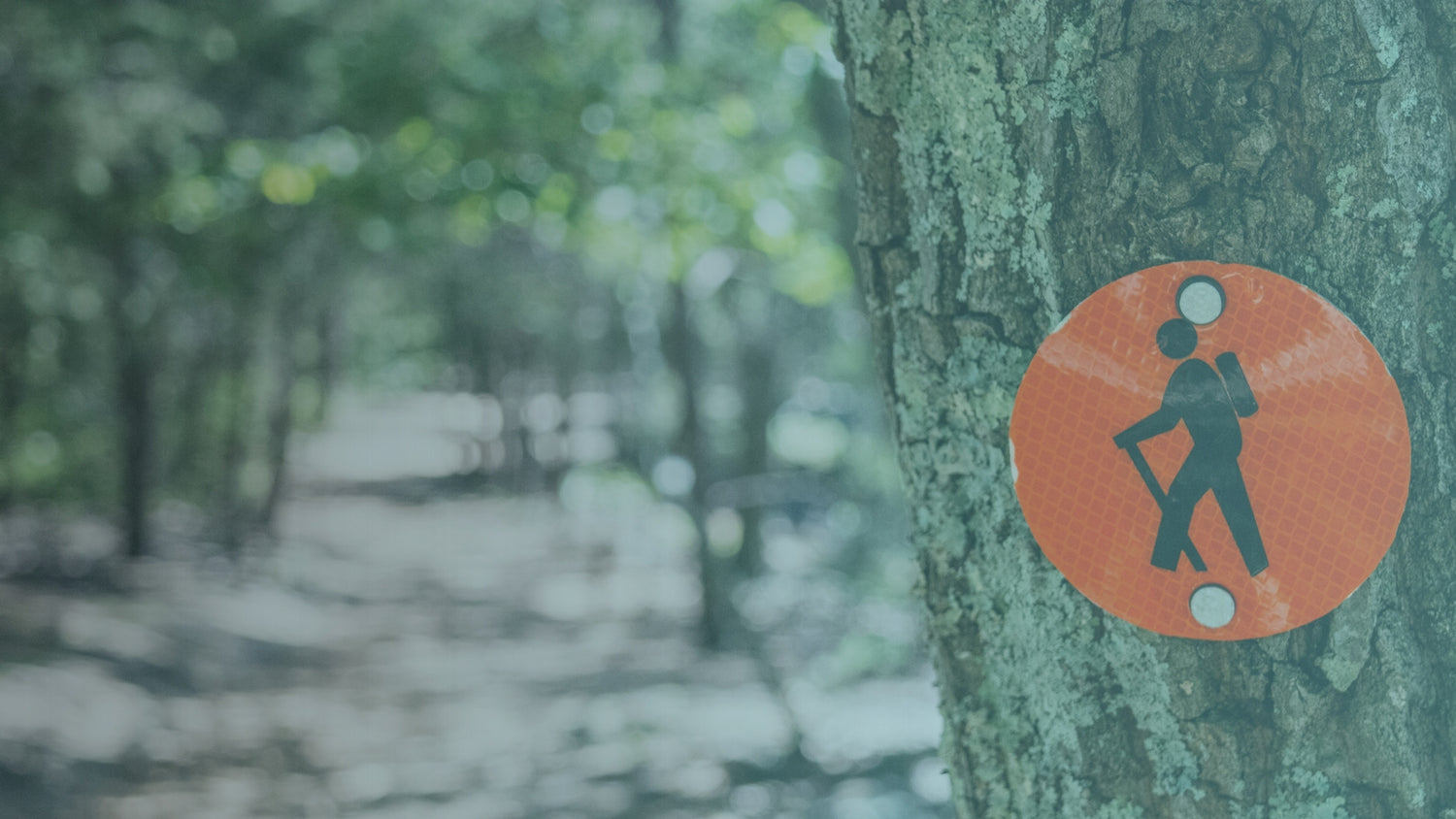How to Pick the Perfect Trekking Poles or Hiking Stick for Your Next Adventure
Whether you're scaling a rugged mountain trail or taking a leisurely forest hike, the right gear can make all the difference. Among the most underrated yet essential items in a hiker’s arsenal are trekking poles and hiking sticks. These trusted companions offer stability, reduce strain on joints, and improve your overall hiking performance — especially on uneven terrain.
But with so many options out there — from collapsible hiking poles to a classic folding walking stick — how do you choose the perfect one for your next outdoor adventure?
This guide will walk you through everything you need to know to find the right fit for your hiking style, terrain, and comfort.
Why You Need Trekking Poles or Hiking Sticks
Before we dive into features and tips, it’s worth understanding why hiking poles are a smart addition to your gear:
- Reduces strain on knees and ankles, especially when going downhill
- Improves balance on uneven terrain, muddy paths, or rocky trails
- Helps engage upper body muscles, giving you a full-body workout
- Reduces the risk of slips and falls, particularly when crossing streams or navigating steep inclines
- Provides rhythm and pace consistency during long hikes
Whether you're a beginner or a seasoned hiker, the right pair of trekking poles or a durable hiking stick can make every hike more enjoyable and safer.
1. Trekking Poles vs. Hiking Sticks: What's the Difference?
The terms are often used interchangeably, but there are subtle differences:
- Trekking poles usually come in a pair and are designed to be used together. They offer symmetrical support and are ideal for longer, more technical hikes.
- A hiking stick (or walking staff) is typically used solo and is more common for casual or moderate hikes.
If your adventure involves rough terrain, steep climbs, or carrying a heavy pack, trekking poles are often the better option. For short, scenic walks or gentle trails, a hiking stick might be all you need.
2. Key Features to Consider When Choosing Hiking Poles
a. Adjustable Height
Look for adjustable trekking poles that can be customized to your height and terrain. Uphill climbs often require shorter poles, while downhill stretches benefit from longer ones. This flexibility improves efficiency and comfort.
b. Collapsible and Folding Design
For those who hike, travel, or camp frequently, collapsible hiking poles or a folding walking stick are a game-changer. These poles easily fit in your backpack or attach to the outside when not in use, making them ultra-convenient for transport.
c. Weight and Material
Common materials include aluminum and carbon fiber:
- Aluminum poles are affordable and durable, but slightly heavier.
- Carbon fiber poles are lighter and absorb shock better, but can be more expensive and prone to breakage if misused.
Lightweight poles are ideal for long-distance hiking, while heavier, sturdier ones are preferred for rugged conditions.
d. Grip Type
Choose a grip that feels comfortable and minimizes blisters:
- Cork grips mold to your hand over time and wick away moisture
- Foam grips are soft and absorb sweat but may wear down faster
- Rubber grips are great for cold weather, providing insulation
e. Shock Absorption
Some hiking poles come with built-in shock absorbers, which are especially helpful for protecting joints during descents. However, this feature adds a bit of weight — so it’s a trade-off between comfort and portability.
3. Terrain-Specific Tips
- For rocky terrain: Go for poles with durable carbide tips and solid construction.
- For snow or mud: Look for poles with interchangeable baskets to prevent sinking.
- For flat trails: A folding walking stick or single staff may be sufficient.
4. Test Before You Trek
Before committing to a hike, test your collapsible hiking poles or hiking sticks:
- Adjust them to the right height (elbows should be at 90 degrees)
- Practice collapsing and unfolding them
- Walk around your yard or nearby trail to get used to the rhythm
This small step ensures you're comfortable and confident when it counts.
5. Don’t Forget These Extras
Many poles now come with:
- Wrist straps for added support
- Rubber tips for pavement or smooth trails
- Interchangeable baskets for different terrains
Investing in a trekking pole set with these extras gives you versatility across seasons and landscapes.
Final Thoughts
Choosing the perfect trekking poles or hiking stick isn't just about preference — it's about performance, comfort, and safety. From collapsible hiking poles that pack easily to a simple folding walking stick for casual use, there's an option for every type of hiker.
At Yatta Life, we believe your gear should elevate your adventure. So before you head out on your next trail, take a moment to equip yourself with the right support — your knees (and your confidence) will thank you.





Leave a comment
All comments are moderated before being published.
This site is protected by hCaptcha and the hCaptcha Privacy Policy and Terms of Service apply.